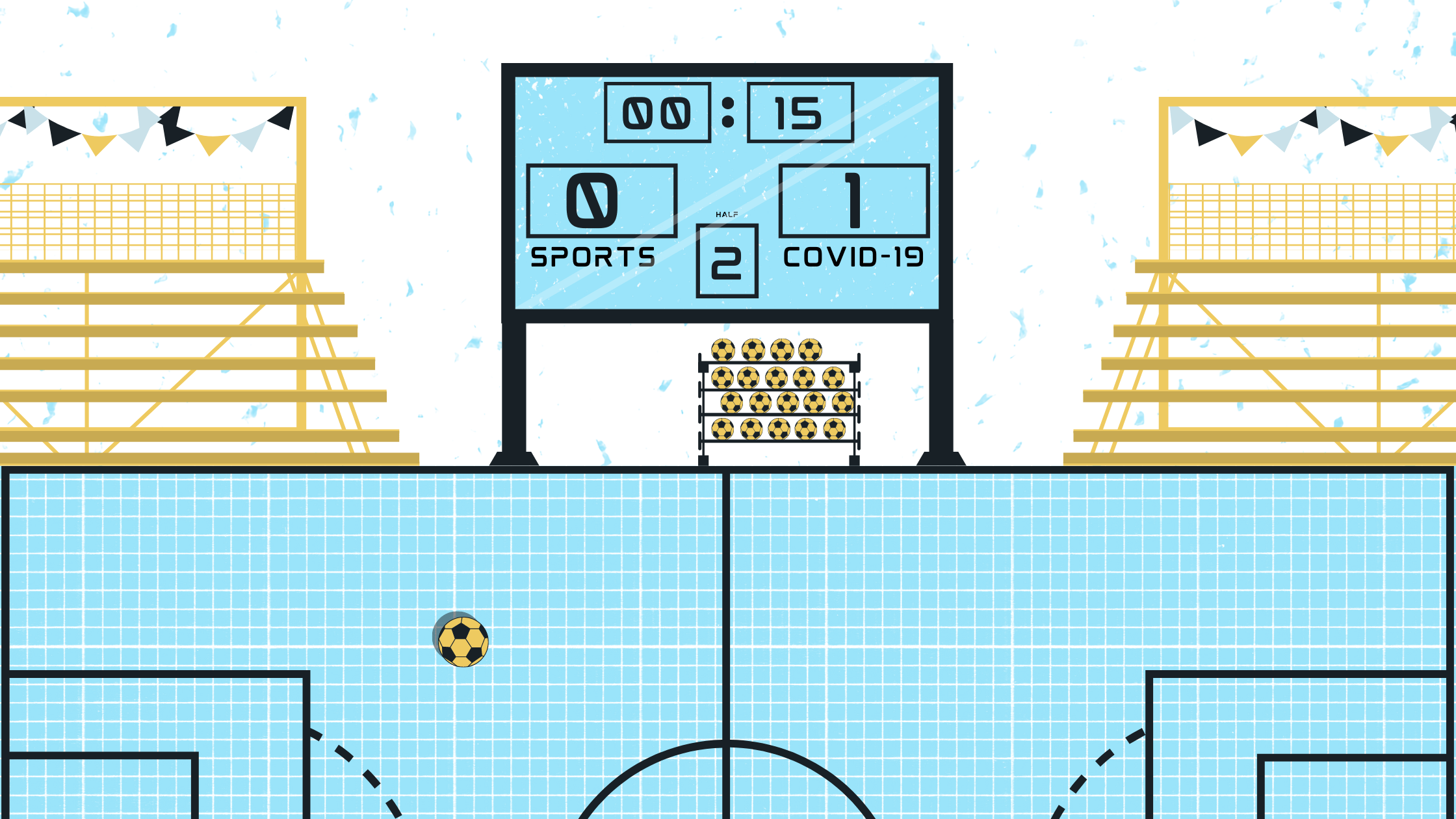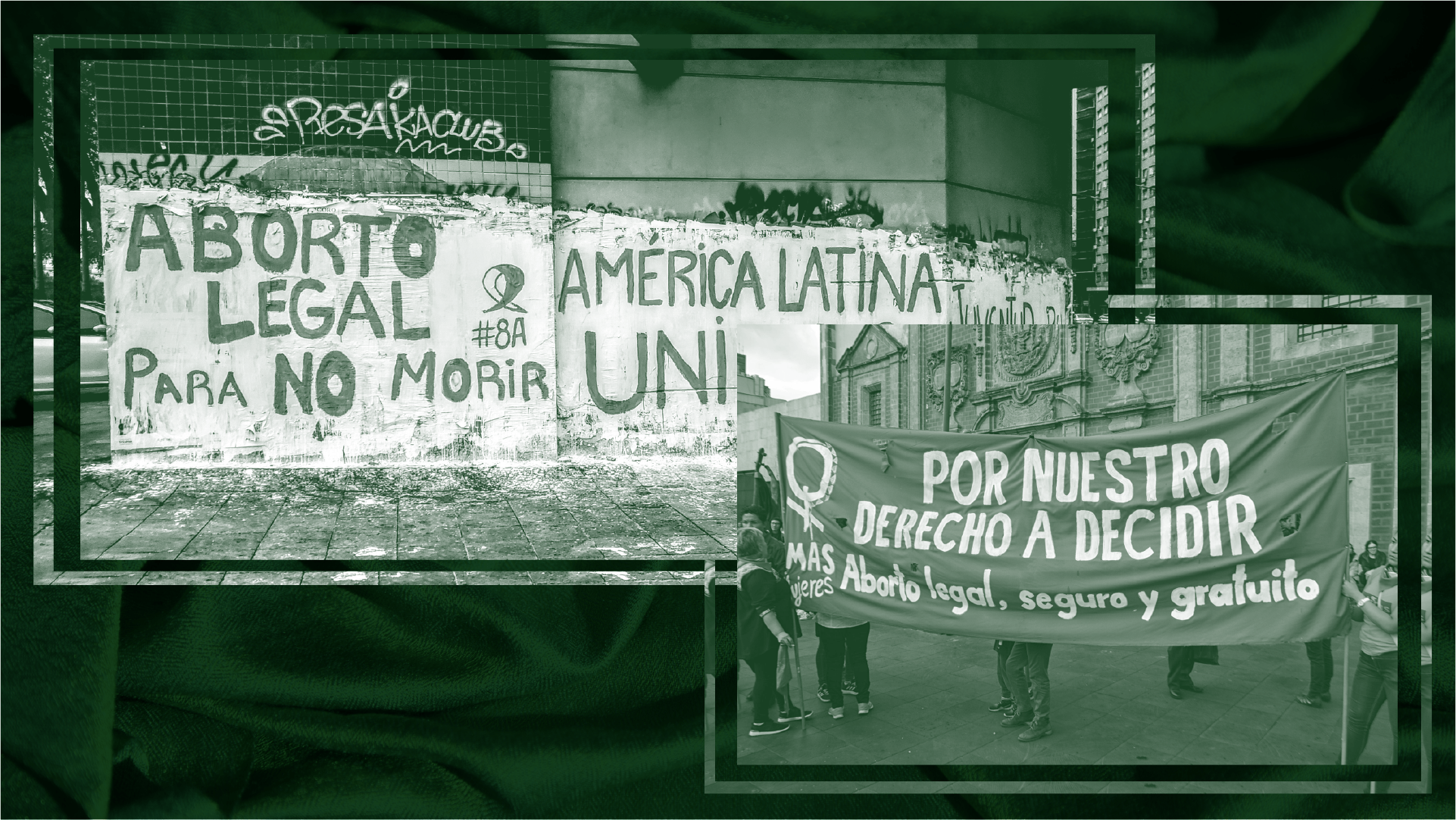
Fall Student Athletes Cope with the Loss of a Season
With the U.S. gearing up for a second wave of coronavirus outbreaks, the future of college sports remains uncertain.
Owen Cordero was among the first Columbia University athletes to lose their athletic seasons to COVID-19 back in March. The virus had just begun to spread in New York when the Ivy League cancelled spring sports, ending his junior rowing season. Cordero and his teammates continued to train separately, hoping for developments in treatment and prevention that would allow him to compete in his senior season. “We’re all trying to remain optimistic and keep training hard in order to try to salvage if there is one,” Cordero said.
But as the U.S. gears up for a second wave of coronavirus cases and college campuses struggle to contain on-campus outbreaks, college athletes, many of whom have trained their entire lives to play college sports, are being forced to imagine the school year — and possibly a future — without sports in it.
The first rumblings of cancellations of fall sports seasons came in early July as multiple NCAA conferences grappled with maintaining the safety of its athletes and spectators. The Ivy League was one of the first conferences to call off fall sports all together. (Decisions about rescheduling fall sports for the spring have not been made.) The Patriot League, A-10, the Mid-Eastern Athletic Conference, and the Metro Atlantic Athletic Conference soon followed suit. By the time August rolled around, cancellations were rife. Nine other conferences postponed or cancelled fall sports. And later in August, the Big Ten and Pac-12 conferences postponed fall sports. But both organizations have since reversed course, despite a growing number of outbreaks on college campuses.
Some leagues have adopted the practice of pushing back start dates and limiting spectators, hoping to still get a semblance of a fall sports season. The Northeast Athletic Conference was one of the conferences that opted to postpone their season until October, leaving athletes like Sydney Gorski in limbo while they wait for the conference to re-evaluate whether it’s safe to play on Oct. 1. Gorski, who is currently in her fifth year, had to sit out last year’s season due to chronic exertional compartment syndrome. The exercise-induced muscle and nerve condition prevented her from playing the sport she loved pain-free so she decided to get a medical hardship waiver. Her eligibility was extended for an additional year, but the pandemic derailed those plans.
“It has been just a bunch of unknowns,” Gorski said in an interview with The Interlude. “I had to learn to make peace with whatever decision is made. It has been a lot of talking to teammates and coaches and trying to keep on top of all the information. Everything changes day-to-day. We are trying to do the best that we can and each time I think to myself that it could always be worse.”
Tori Bianco, a senior soccer player at New York University, was looking forward to rebuilding her relationship with soccer in her final season. Bianco, who has been playing soccer since she was three, suffered from a stress fracture in her sacrum her sophomore season and didn’t have the junior season she had hoped for as she came back from her injury. Bianco and her coach decided that Bianco’s senior season would be about playing for fun, instead of goals or field time. On July 23, COVID-19 took that opportunity away when NYU decided to cancel all fall sports. “I was just gonna play like I love soccer and not think about any of the logistics or things like that,” she said. “And I think I would have been really good.”
With so many unknowns about the 2020–2021 school year and what that means for winter and spring seasons, athletes in the latter end of college have been forced to reevaluate their post-graduate plans. The Division I Council of the NCAA gave athletes whose spring seasons were cancelled an additional year of eligibility. Playing another season comes with meeting another year of eligibility requirements. DI athletes only need six credit hours per term to be able to play. But DII athletes need 24–36 credit hours a semester to remain eligible. DIII athletes don’t have a credit eligibility requirement. Better funded programs may be able to find money to help stave off the expense of additional credits, but students in smaller programs may be forced to fork over additional tuition to play.
Cordero decided to postpone going to medical school in the hope that he could play one more season. “I was going to apply for medical school this year, but the pandemic cancelled all test dates. So, it forced me to apply for the following cycle,” Cordero said. “I originally was going to start school in the fall of 2021. Now I have to start in the fall of 2022.”
But other athletes felt it was best to cut their losses and move on. Will Braff, a varsity squash player at the University of Virginia, is in his last year of college and likely in his last few months of playing squash competitively. Almost half of his teammates have not returned to campus for the fall semester and have instead opted to take online classes and work part-time.
The start date of Braff’s squash season was pushed to January 2021. But, as a second coronavirus wave looms over the U.S., there is a possibility that spring seasons might be cancelled as well. Braff wasn’t sure that the work he put into training and preparing for a season would pay off. “All the practice and all the expertise and all the training and everything, is it worth it?” he asked.
“Honestly, I’m definitely bummed,” Braff said. “If we get our season we would get a national championship and that would be, that’d be fantastic. We work almost, I’d say 16–17 hours a week, some weeks out of class, which is a lot. And it’s a lot of time to put in if you don’t get to really show it by playing the best teams.”
At the beginning of the summer, Bianco said she was willing to play for NYU in the fall. She had been training with a semi-professional league in Nebraska. She was a little sad when she found out that the season was cancelled, but she also had no intention of taking the extra year offered by the NCAA. “I would not like to spend money just to play more soccer,” Bianco said.
Bianco would, however, like to have the closure of a final game with the seniors to celebrate the end of their college soccer careers.
Even when athletes are willing to rearrange their life plans to play, there isn’t always a guarantee their team will still be there when sports resume. Just as the coronavirus has threatened the health of university budgets, athletic programs are also coping with major budget reductions. More than 50 Division I athletic programs have been cut, including teams at Stanford University, the University of Akron, and the University of Cincinnati. Division II and Division III programs faced a similar number of cuts, according to a running tally compiled by the Associated Press.
Despite conflicting feelings about the cancellation of sports, and the potential end of their athletic careers, the student athletes The Interlude spoke to all echoed appreciation for the lifelong memories and friendships they made through their sports.
“My teammates are just, you know, those guys are my closest friends,” Cordero said. “And those are the guys that I’m going to see at my wedding.”
Yet, for now, Bianco said that she has been able to cope with the loss of her season. She found a silver lining in a year without soccer: the ability to focus on school and be less stressed. “I’ve had to live without soccer before.” Bianco said.
Update: September 24, 2020
Hours after this story was published, the Pac-12 conference also reversed its decision to cancel fall football. It will now play a seven-game season starting in early November, according to ESPN. It is still unclear whether other Pac-12 sports will play a shortened fall season.


